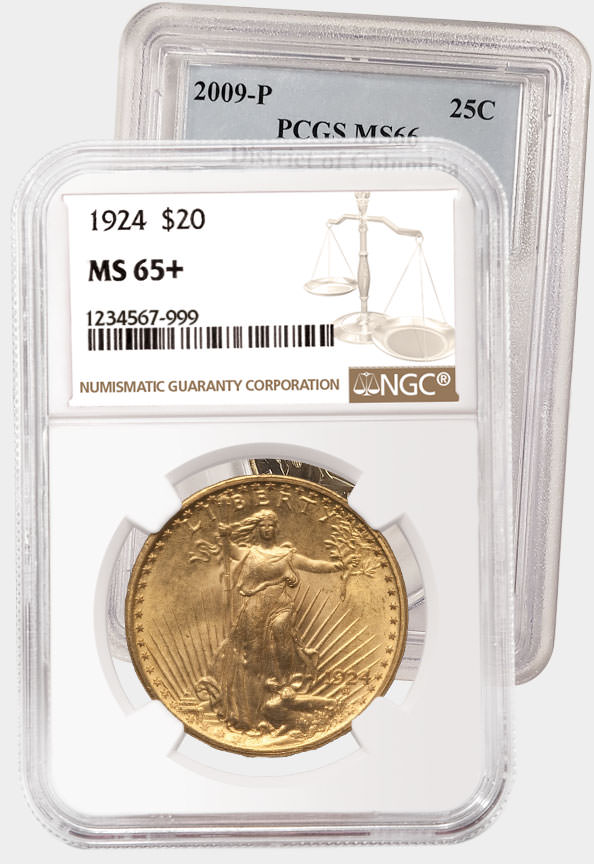Counterfeit Detection: 1926-S Buffalo Nickel
Posted on 9/10/2019
In 1926, the San Francisco Mint struck 970,000 Buffalo Nickels. While this amount is lower than usual, it is comparable to the 1.2 million struck in 1931 at the same mint. However, for whatever reason, the 1926 coins were released directly into circulation, making them significantly harder to locate in higher grade than the 1931.
To illustrate that fact, one must merely check the NGC Price Guide, which shows the price of a 1931-S in MS 65 at $310, with 742 examples graded. Compare that to the price listed for the 1926-S in the same grade: $120,000, with a population of a mere 8 coins!
Obviously, this has made the 1926-S a target for counterfeiters. Recently, NGC graders came across what appears to be a lovely Mint State 1926-S Buffalo Nickel.
 |
 |
| Counterfeit 1926-S Buffalo Nickel. Click images to enlarge. |
|
Take a look at the photos above. At first glance, the coin looks completely normal. The luster looks like a normal Buffalo Nickel, and the weight it about right at 4.97 grams. After a cursory overall inspection, the next thing you should check for on this issue is to see if the date and mintmark are original and unaltered.
 |
 |
| Close-ups of the date and mintmark on the 1926-S Buffalo Nickel. Click images to enlarge. |
|
The photos above show nothing of concern. Both the date and mintmark look completely legitimate. (The ‘F’ for Buffalo Nickel designer James Earle Fraser appears below the date.) While there is some slight mechanical doubling on the date, it is completely normal and doesn’t raise any red flags.
So, we’ve now looked at the coin as a whole, which appears genuine and of the correct weight. Next, we’ve examined both the date and mintmarks closely. However, what we have neglected to do is inspect the third side of the coin – the edge!
 |
| Edge of the 1926-S Buffalo Nickel Click image to enlarge. |
As you can see from the edge, there is a large seam running around the entire coin. Some enterprising counterfeiter has either cut in half or planed down two Buffalo Nickels and joined them together. One most likely began its life as a Philadelphia-issued 1926 (mintage of almost 45 million), and the other was likely a later date San Francisco issue, such as a 1937 (mintage of 5.6 million). Thus, by destroying two coins worth perhaps $100 total, the counterfeiter has created a new coin that would appear to be worth thousands of dollars.
As is always the case with expensive, key date coins, it is important to thoroughly inspect it before purchasing. That includes both the obverse, reverse and the often neglected third side of the coin: the edge. As always, coins graded and encapsulated by NGC are guaranteed to be genuine.
Did you know? NGC has created a comprehensive Counterfeit Detection resource to help collectors and dealers identify counterfeit and altered coins. Visit NGCcoin.com/counterfeit.
Stay Informed
Want news like this delivered to your inbox once a month? Subscribe to the free NGC eNewsletter today!
